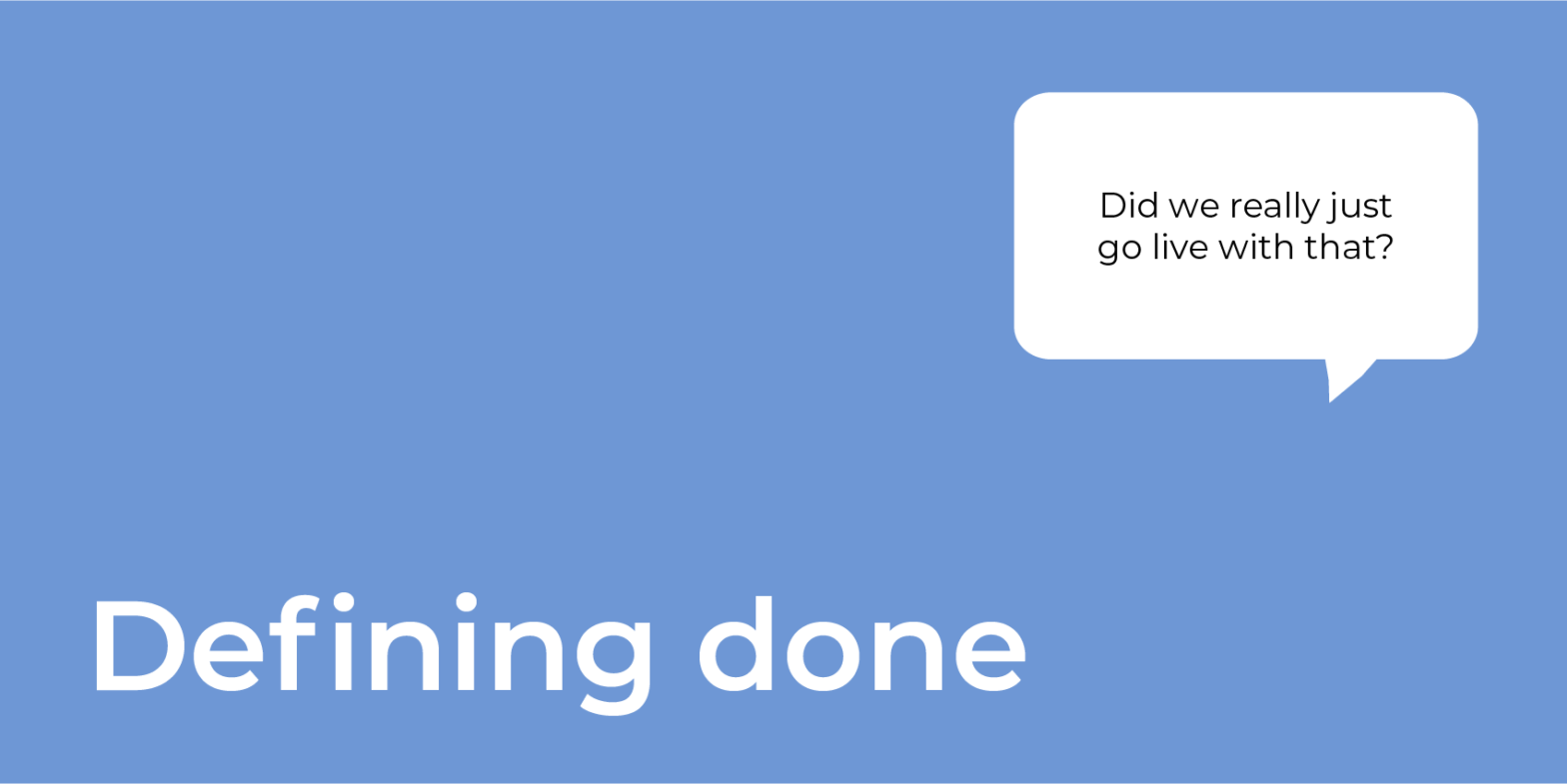Author and Georgetown computer science professor Cal Newport’s recent New Yorker article “The Rise and Fall of Getting Things Done” got me thinking. How can individuals, teams and organizations find relief from the tyranny of bombardment that’s killing our productivity. As Newport’s article states, with the spread of email in the nineties, “with all friction removed from professional communication, anyone could bother anyone else at any time.” For many, email came to represent a never-ending maze of confusion, stress and anxiety.
As new, ever more ubiquitous platforms emerged, the deluge only grew louder as we bounce from one communications system to another in a fruitless game of whack-a-mole. The costs have only risen, not just in productivity terms, but in human terms. As our bodies become increasingly flooded with stress-induced cortisol born from the relentless pull of having to respond to everyone’s needs, our quality of life and our lifespans are impacted. Newport states “a knowledge worker’s life is dramatically easier, in the moment, if she can send messages that demand an immediate response from her colleagues, or disseminate requests and tasks to others in an ad-hoc manner. The cumulative effects of such unstructured communications are…harmful. Work becomes more unmanageable.” The fundamental problem…”The insidiously haphazard way that work unfolds at the organizational level.”
The solution starts with the realization that personal and team productivity cannot be solved at the individual level. Productivity must be tied to a broader system groups can continually assess and improve. According to Newport, top-down interventions created and optimized to “protect both attention and autonomy” may have significant advantages. Taming the beast requires leaders and managers to intentionally develop their systems to allow teams to focus on autonomous, creative, skilled work. This requires a mindset shift, relentless creativity, and unwavering discipline to see it through toward defining and honing processes that minimize interruption, random tasking, and reactionary, hair-on-fire MOs.
The pandemic has necessitated an acceleration of this shift, a positive overall development. Ever advancing tools have improved visibility and transparency, keeping everyone informed on who is working on what at any given time. Iterative, time-boxed development cycles, consistent routines such as sprint planning, stand-ups, and reviews, as well as time-saving workflows using project management tools such as Asana, are all having an impact, allowing teams to focus more of their time on their highest-value work. It requires a collective approach. To read the full article, click here. I also recommend Cal Newport’s book “Deep Work.”
Need Help Completing Your Next Important Project?
Completing is committed to helping individuals, teams, organizations make a greater impact, sooner. To inquire, email: [email protected] or give us a call: 949‑288‑3036.

